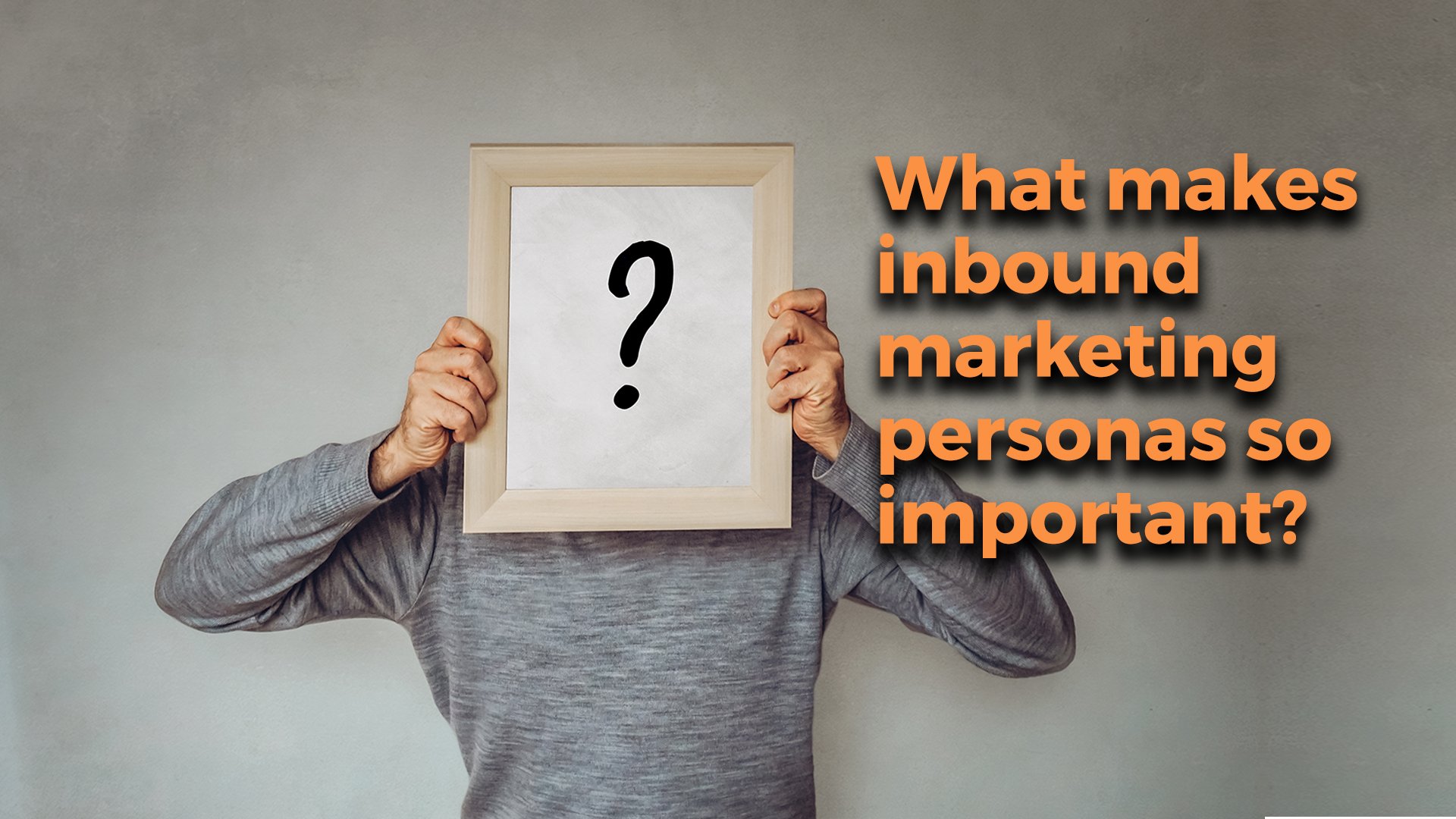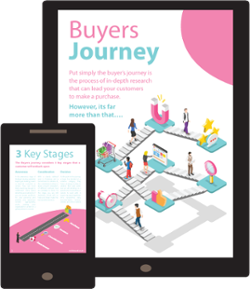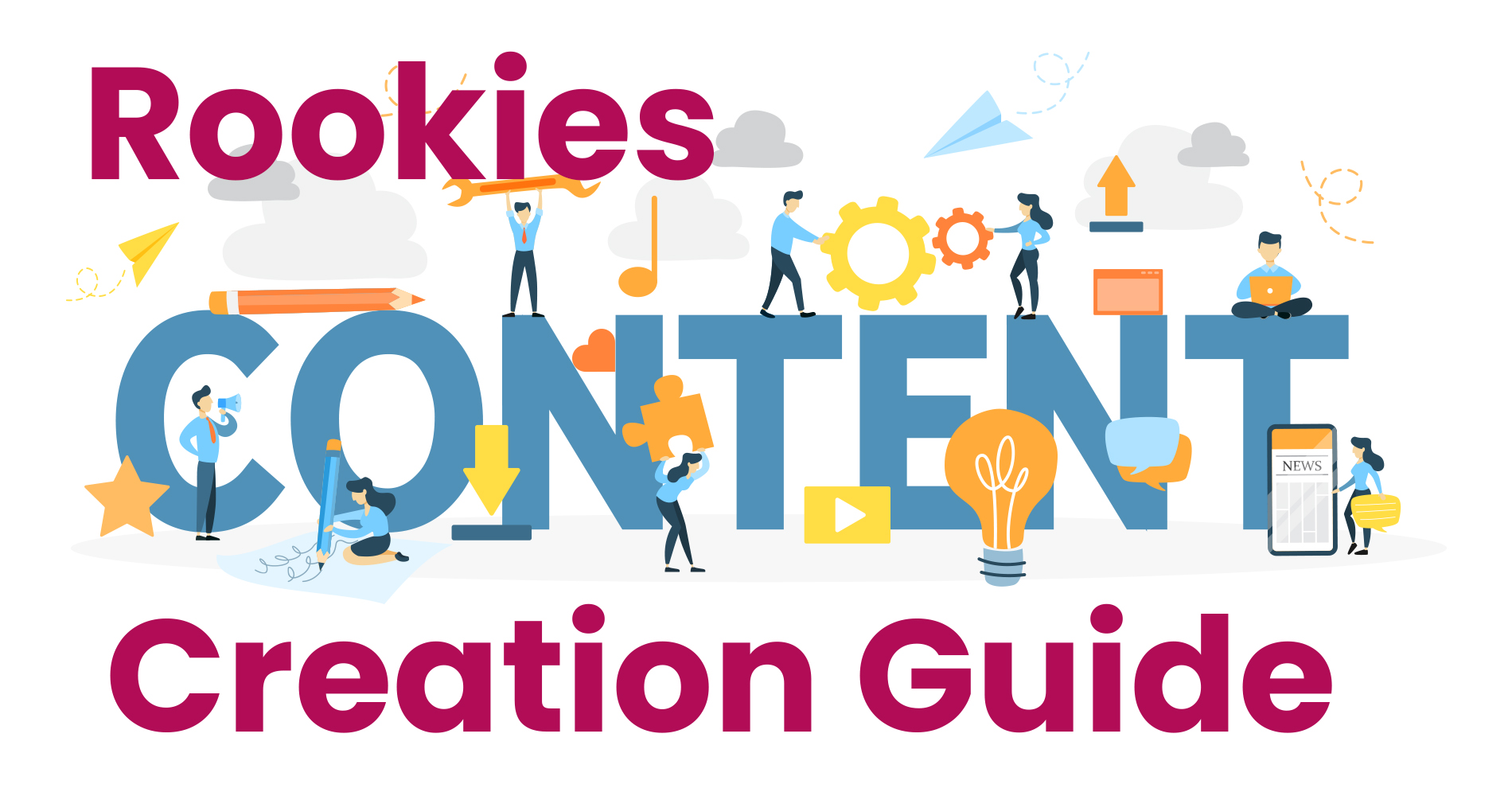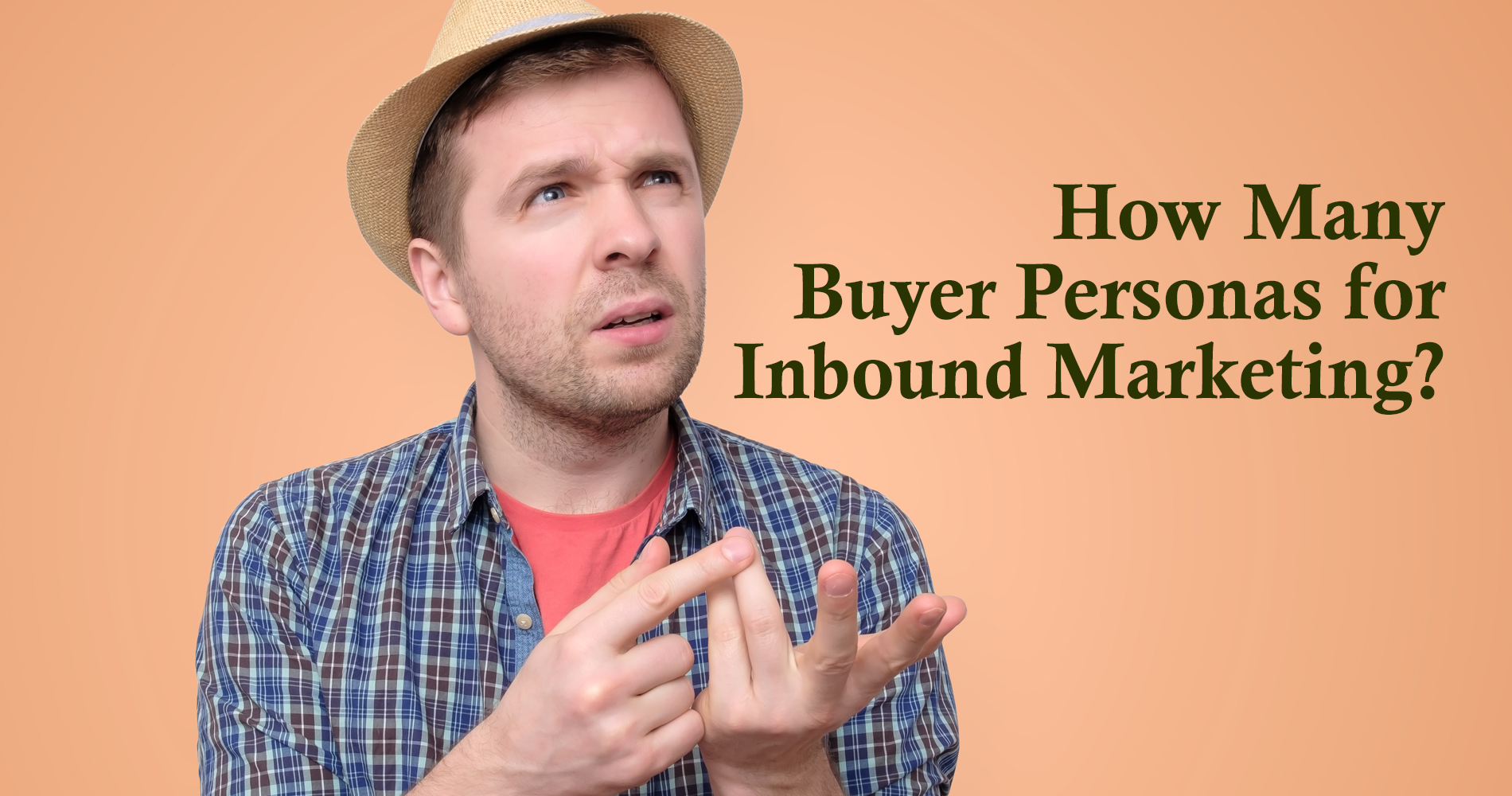An inbound marketing strategy can help brands engage customers effectively. The strategy aims to generate leads, maximise conversion rates, increase sales, and improve ROI by generating leads and maximising conversion rates. Personas play a critical role in inbound marketing because they help to define your audience. Unless you have a character your inbound audience can identify with, they won't engage with your content.
It is important to develop personas not only to understand your target demographics but also to develop communications strategies for them. Having a clear understanding of your customers' motivations will enable you to tailor your marketing materials accordingly.
Let's examine why personas matter and how they can benefit your business.
What are Personas?
Developing personas is a crucial part of successful Inbound Marketing programs, and vital for acquiring and retaining customers. Marketing personas are semi-fictional representations of customers who share similar goals, buyer journeys, and personal profiles.
Knowing people, you want to sell to can help you to better understand how to sell your products. The more you understand who your company's buyers are, what they value, and what information they hope to gain from your company, the better your service will be.
Personas provide insight into the type of customer you're looking for. It's much easier to build relationships when you have a real human connection with your prospects. Creating buyer personas is best accomplished through market research and customer insight (through surveys and interviews).
The number of personas you have can vary based on your business. When you start using personas for the first time, keep it simple! It's always possible to create more personas in the future if necessary.
Who can use marketing personas?
Every business owner should know their best customers - they should have an image of the ideal customer in their mind. If someone is in charge of marketing for your business, they should have data to analyse where and who your most profitable customers are.
People of all backgrounds can use marketing personas. I think how people use inbound marketing personas is more important than who uses them.
The purpose of personas is to focus all your efforts on a specific type of person. Therefore, you can produce more accurate, tighter content by eliminating irrelevant information. A persona can also reflect challenges, pain points, and ideals. With each piece of inbound content you create, you have the opportunity to answer these questions. In essence, a persona gives context to the narrative.
Everything we do is based on personas. Particularly about content. Choosing the right people to work with doesn't have to be the same as working with the same people every day. Personas are easy when you are using a CRM
Personas help you to segment your contacts, allowing you to reach out to them more easily if you use a CRM like HubSpot.
Whether you're targeting a specific persona or not, these tiny changes can help you increase click-through rates. Your messages can be more effectively targeted with the help of this information. That's what we're going after.
You may also want to read: What’s The Right Number of Buyer Personas for Inbound Marketing?
What is the purpose of personas?
A persona is an accurate representation of your key audience segments for reference. Both qualitative and quantitative representations of user research and web analytics are ideal. Research is essential to creating good personas. Furthermore, all of your creations should be aligned with your personas. A business and its clients need to create a personalised kind of trust through problem-solving.
The goals of inbound personas can be extremely broad, such as:
- Creating and maintaining a standard of targeted content that allows your content marketers to determine what works and what doesn't.
- Strategically targeting, especially with the help of marketers, SEO experts, and strategists. People may have a harder time achieving their goals without a persona to guide them.
- Continuously refine your marketing campaigns based on these personas.
- Know a specific industry inside and out so that pain points can be identified and solved quickly.
Persona creation: how do you go about it?
Compiling research
An individual's persona can be constructed through a combination of surveys, user interviews, observations, or any other method of user research. As opposed to segmentation, personas collect information specific to a given project's problem area.
Examples include:
- Data such as age, job title, and industry can be captured in form fields on your website.
- Segment your contacts database according to how people found your content. This method is a useful tool for determining your personas' preferences.
- Get your repeat customers to fill out a survey. If you want to know more about your personas, this is a great way to do so.
- Get some insight into the types of clients your sales team interacts with and what those interactions typically involve. How do they see the types of customers relating to one another?
Get your data together
These data can be used to derive working personas. Identify any patterns and commonalities in your research. This step involves four parts:
1 Input the basic information
The next step involves examining factors such as age range, job title, and work history (are they experienced in their field? Do they have a strong family orientation?). Another factor to consider is the person's behaviour and position within the organisation.
2 Prepare a list of motivations
All of this boils down to 'why'. Why do they want a particular product or service? How do they plan to solve the problem?
3 Develop a persona for future sales conversations
Identifying the pain points, actual quotes, and emotive language will help you determine which treatment is most appropriate for them. Here you can address any objections someone might have about your services. In this case, you will have the opportunity to create your response if you find similarities.
4 Every persona should have its message
Depending on the level of knowledge, preferences, and pain points of your different personas, you can create an elevator pitch copy describing your products' features and benefits.
Having identified your personas, you can tailor your communications accordingly. Are they employed? How can they be helped? Can you tell me how they found your company? Maintaining a consistent voice will make it easier to spot fakes.
Are Negative Personas a thing?
A negative persona represents the kind of customer you wouldn't like to deal with. Customers may be merely interested in your content for research/knowledge, or they may have needs that are too advanced for yours, or it may be too expensive to acquire new customers (since their average selling price is low), and they are highly likely to leave and not return to your company.)
Knowing who you don't want as a customer is just as important as knowing who you do! Creating negative personas allows you to isolate 'bad applicants' so that you can cut your cost-per-lead and cost-per-customer in half.
More similar content you might find interesting : How To Use Buyer Personas For B2B Marketing
Lastly,
A well-prepared persona will arm you with the information you need to confidently make decisions and develop content plans. You can contact us at any time if you need help developing personas or developing an Inbound Marketing strategy.




